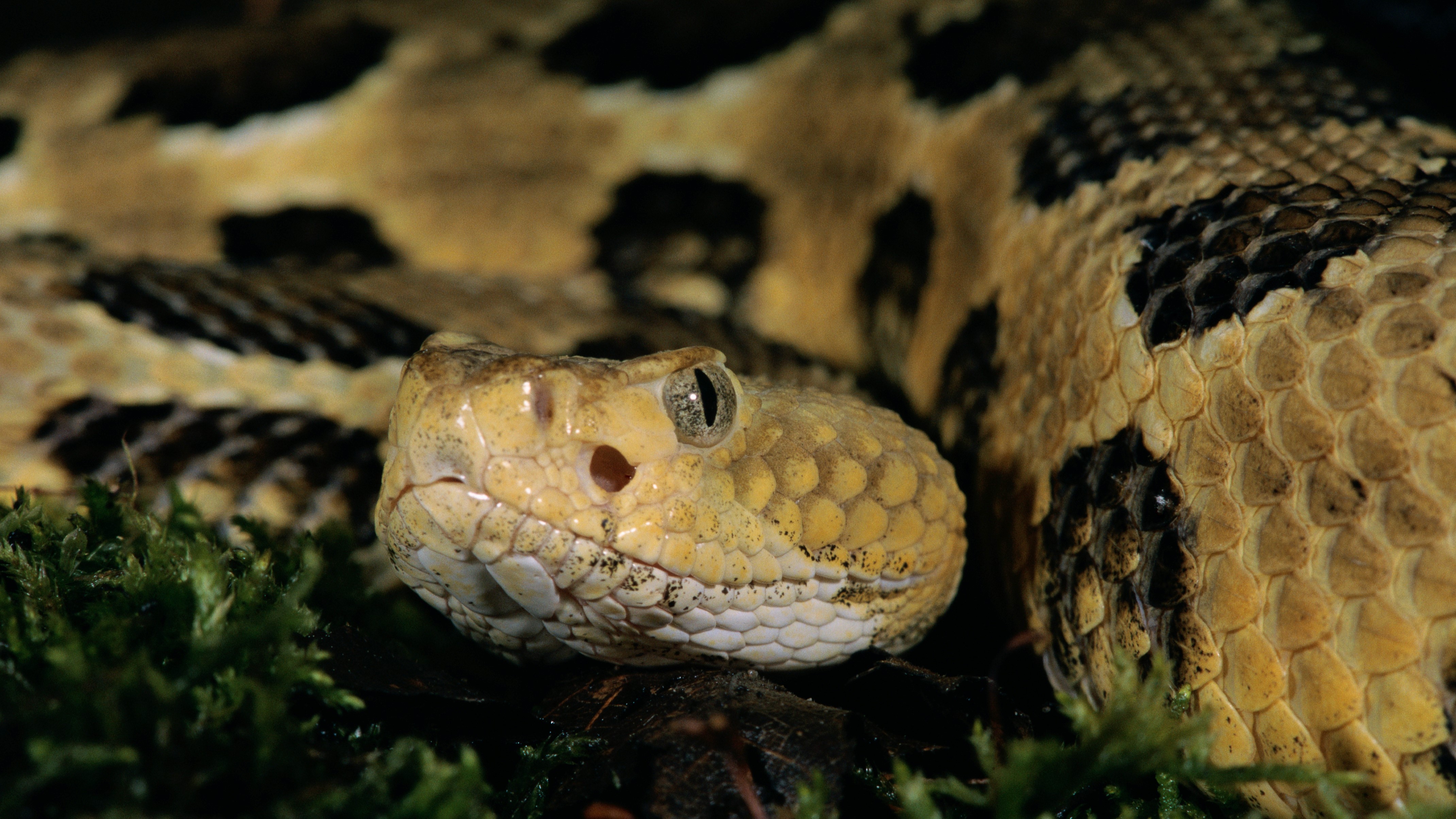For most hikers, the discovery of a den with hundreds – possibly thousands – of rattlesnakes wouldn't be welcome news, but a new livestream allows you to appreciate these wonders of the natural world from the safety of your own home. The so-called "mega-den" lies in an undisclosed location in remote northern Colorado and scientists have established the webcam in collaboration with Cal Poly, Central Coast Snake Services, and Dickinson College. Now through October, using the live feed below, you can watch the rattlesnakes sleeping in piles, slithering around and preparing to give birth.
Or in other words, just being regular rattlesnakes. "This livestream allows us to collect data on wild rattlesnakes without disturbing them, facilitating unbiased scientific discovery," says Emily Taylor, a biological sciences professor at Cal Poly who leads Project Rattle Cam, in a statement. In addition to helping scientists collect data on a species that has been historically difficult to study, says Taylor, the camera allows the public to better understand this animal – which like , and sharks is largely misunderstood – outside of its defensive mode.

"Members of the public can watch wild rattlesnakes behaving as they naturally do, helping to combat the biased imagery we see on television shows of rattling, defensive and stressed snakes interacting with people who are provoking them." Rattlesnakes exist all over the continental US, however like most wildlife, they prefer to avoid humans. That said, according to the , about 8,000 people are bitten by venomous snakes, including rattlesnakes, copperheads, cottonmouths/water moccasins, and coral snakes, in the US each year, resulting in 10 to 15 deaths.
Already this year, we've reported on two rattlesnake bites – one in and another in – though neither incident proved fatal. The mega-den is reportedly located on private land, so as long as you don't go trespassing you're unlikely to encounter it. That said, any time you are hiking in rattlesnake country you can protect yourself by wearing proper and with long and sticking to well-used trails, avoiding tall grass or bushes where snakes may be hiding.
Make sure you are aware of where you're walking, and don't put your feet or hands anywhere you can't see. And of course, you'll be perfectly safe watching the rattlesnakes on your computer screen. Learn more in our article on .
.



















